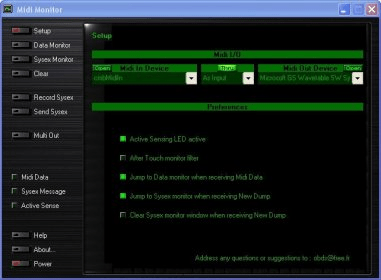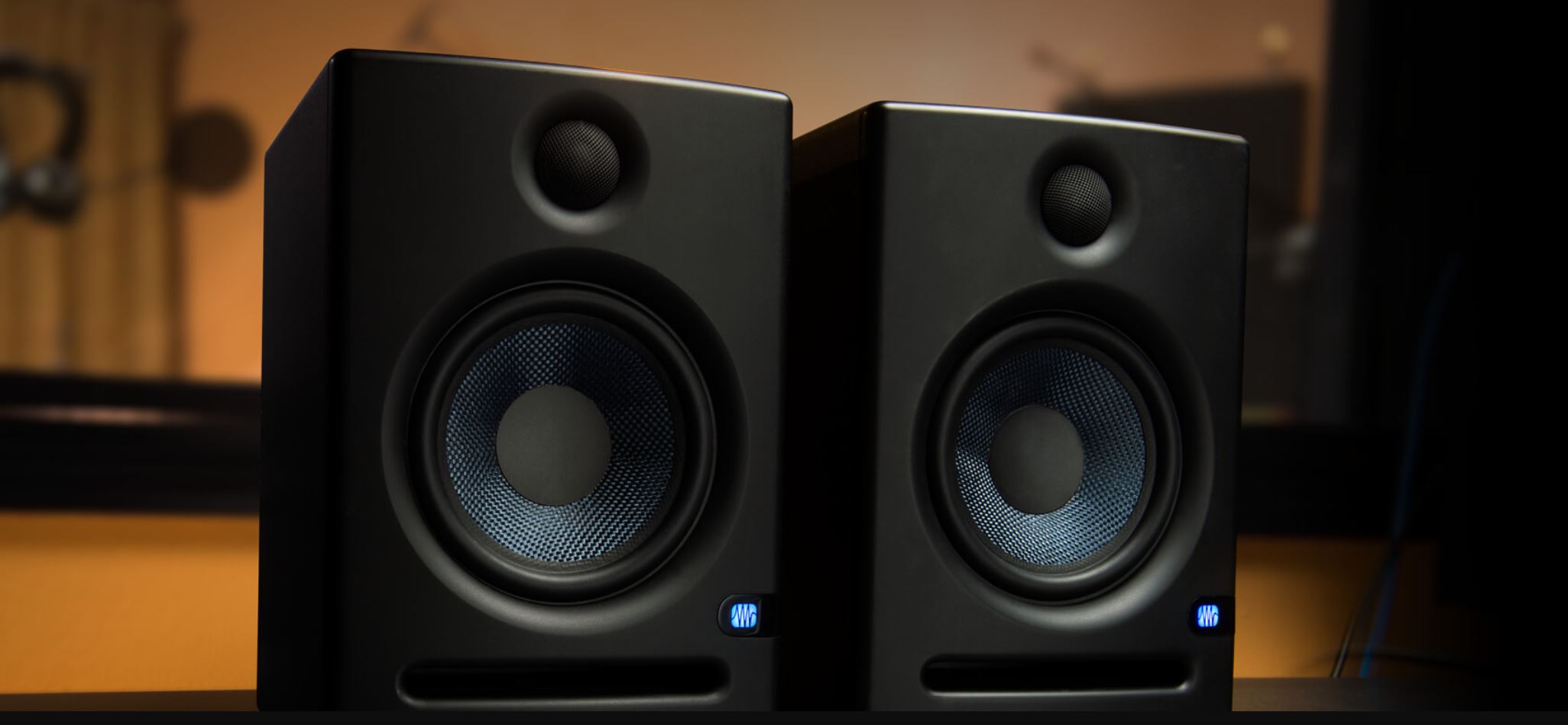

This is the prefered way when you start a simple setup. If you disable loop back, only application hosted on another computer will receive MIDI. With the "Loop back" checkbox you can define how your MIDI messages are routed. Muting a port closes all network connections used by this port. All data sent to the port is simply discarded, but the sending application will not realize anything.

A muted port behaves similar like an audio port. IpMIDI comes with a system tray application (ipMIDI Monitor) to mute every MIDI port individually. This will save system resources and usability. Select only the number you need and only those will be installed on your system and be visible in your audio applications.
#BEST FREE MIDI MONITOR SOFTWARE FULL#
Every port provides the full 16 MIDI channels.
#BEST FREE MIDI MONITOR SOFTWARE PC#
You may connect up to 8 applications to every inport and up to 8 application to every outport on every single pc in your MIDI network. In the ipMIDI network, all MIDI is transmitted over a single port could be received by every computer, ipMIDI replaces more than 20 MIDI cables, establishing an “n-way MIDI network”. ipMIDI provides up to 20 Ethernet MIDI IN Ports and 20 Ethernet MIDI OUT Ports - Adjustable. Think of the amazing possibilities to work with your network rate of 1Gbit/s. With ipMIDI this limit is defined by your network data rate. For example, sending excessive Polyphonic-Aftertouch MIDI messages easily breaks this limit. In your local network you can expect a latency < 0.5 msec, lower than when using legacy hardware equipment and real MIDI cables.Ī standard MIDI interface sends with a data rate of 31.2 kbaud, which has limitations. IpMIDI is a native Windows™ WDM kernel mode driver. A near to zero latency and up to 1 Gbit/s.

It won’t go across a router, so you do not have to fear your data will be visible in the Internet. MIDI data is only transferred in your subnet – that is, between all computers connected with hubs and switches. Now every single application on your network can receive the data by opening an ethernet MIDI IN port, simultaneously. Choose a ethernet MIDI OUT port for your sending application. You will not have to define a sender or a receiver, a master or a slave.

That's all, no configuration, no client - server hassle. Ethernet Midi" in your audio Application”. IpMIDI sends MIDI data over Multicast UDP, not TCP. For example, if you have a music studio with several computers connected via MIDI interfaces and MIDI cables, ipMIDI will replace them all.Īny MIDI application on the LAN can communicate with any other without any new physical connections, eliminating separate MIDI cables and additional hardware interfaces and if you are running a wireless IP network you don’t need any cables at all! This is becoming more in demand, the ability to just establish a temporary local wireless network and hook in the PCs. You can route MIDI over your Ethernet network, using ipMIDI ports to send and receive MIDI data between computers connected to your LAN. IpMIDI MIDI over Ethernet ports - send MIDI over your LAN.


 0 kommentar(er)
0 kommentar(er)
